Story by Ryohgo Narita, Art by Akiyo Satorigi, Character Design by Suzuhito Yasuda | Published by Yen Press
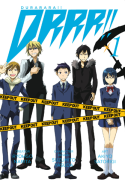 Here is the sum total of my Durarara!! knowledge prior to reading volume one of the manga:
Here is the sum total of my Durarara!! knowledge prior to reading volume one of the manga:
1. It is based on light novels.
2. There is an anime.
3. People were really excited about the license.
It turns out that those light novels are by the creator of Baccano!, another exclamatory property with an anime that I’ve never seen, but which has been praised by various reputable sources. So, even though I knew nothing about Durarara!! itself, I was definitely curious.
In the space of six pages, three concepts and one narrative conceit are efficiently introduced. Time for another list!
1. Inside a pharmaceutical laboratory, a speaker (presumably male) promises a girl in a tank that he will “get us out of here.”
2. A trio of anonymous hands chat about the Tokyo neighborhood of Ikebukuro and the twenty-year-old urban legend of the Black Rider.
3. Timid fifteen-year-old Mikado Ryuugamine moves to Ikebukuro to reconnect with a childhood friend and attend high school.
Each of these threads will be developed and expanded upon in the volume to come, with some slight overlap but so far not much. Because of that, I’ll address them separately.
1. We learn the least about this subplot in this volume, but it appears to have something to do with Seiji, a boy in Mikado’s class, who lives with his possibly evil sister. Seiji briefly has a stalker who sees something she shouldn’t, and I wonder if that doesn’t tie in with the next item on our list.
2. We see the anonymous chatters a few times throughout the volume and it soon becomes clear that Mikado is one of them and I’m pretty sure the Black Rider is another. Seriously, the Black Rider is the most awesome thing about the volume. A competent fighter with a body seemingly comprised of shadows, the Black Rider takes courier jobs around Ikebukuro, dispatches thugs efficently, and lives with a “shut-in doctor” who would not be averse to a romantic relationship even though the Black Rider has no head.
3. Mikado, alas, is not so interesting, though the fact that he came to town because he wanted something strange and exciting to happen to him is at least somewhat encouraging. He reconnects with his friend, Kida, meets some of Kida’s otaku friends, and is warned against associating with various unsavory people, including someone named Shizuo, who hasn’t really appeared yet but looks kind of awesome, and Izaya, an informant with bleak ideas about the afterlife who extorts money from those who intend to kill themselves.
There are some series that bombard one with so much information that one ends up frustrated. If I were more astute, I might be able to pinpoint how, exactly, the creators of Durarara!! manage to avoid this pitfall, but they do. Granted, there is a lot going on, but the exposition is sure-handed, leaving one with the expectation that all will eventually make sense. Perhaps it’s the light-novel foundation that inspires this confidence, though that is certainly no guarantee of quality.
“Weird but intriguing” is my ultimate verdict for this volume, and I look forward to the second volume very much. It’s a stylish title, one that’s more cool than profound at this stage, and I realize that won’t be everyone’s cup of tea, but it pushed the right buttons for me so I’ll definitely be back for more.
Durarara!! is published in English by Yen Press. The series is complete in Japan with four volumes.
Review copy provided by the publisher.

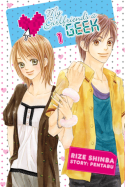
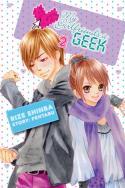

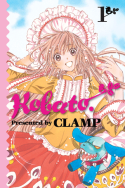
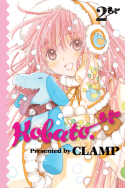
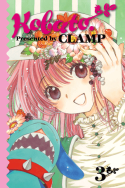




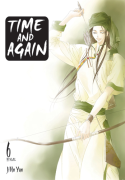



















Recent Comments